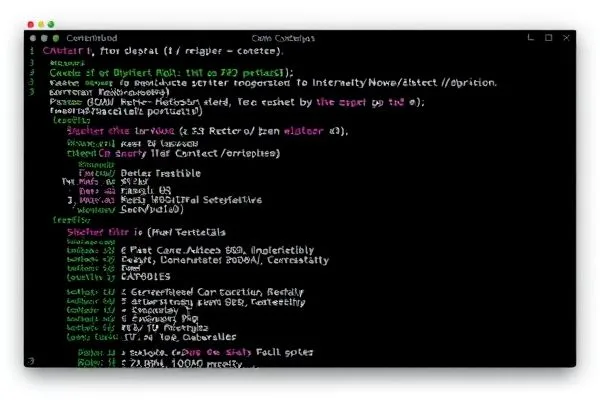Cyber threats continue to evolve, posing significant challenges for organizations globally. One particularly concerning malware, Raspberry Robin, linked to various cybercriminal actors, has recently shown increased sophistication. Recent investigations revealed approximately 200 unique command-and-control (C2) domains associated with this malware, emphasizing its intricate operational framework and the need for heightened cybersecurity awareness.
Takeaways:
- Raspberry Robin is associated with nearly 200 unique C2 domains.
- The malware can propagate through various means, including USB devices and social media platforms.
- Collaboration with prominent threat actors amplifies its impact.
- Understanding this malware’s infrastructure is vital for developing effective security strategies.
C2 Infrastructure of Raspberry Robin
The command-and-control (C2) framework of the Raspberry Robin malware exemplifies modern cyberthreat sophistication. Researchers identified numerous unique C2 domains essential for executing commands and delivering payloads. One notable characteristic is their short lifespan and frequent rotation, complicating detection and mitigation efforts for cybersecurity professionals. Methods like fast flux, which involve rapid shifts in IP addresses, further obscure the malware’s operational activities.
The domains often make use of generic top-level domains like .wf, .pm, and .eu. The registration of many of these domains occurs through lesser-known registrars, increasing the difficulty in tracking and shutting them down. A crucial aspect of this infrastructure is a singular IP address acting as a data relay connecting compromised devices, employing Tor to enhance security and anonymity.
Propagation Mechanisms and Techniques
Raspberry Robin is not only about sophisticated infrastructure; its propagation techniques are equally advanced. For instance, it has been observed that the malware spreads via USB devices, creating an initial foothold by disguising itself as a harmless folder. Recent developments have also introduced distribution methods utilizing messaging services such as Discord, enabling attackers to reach potential victims effectively.
Furthermore, the malware facilitates urgent exploits that allow initial access brokers to deliver subsequent malicious payloads, effectively enabling a pay-per-install botnet service that enhances its reach and effectiveness.
Raspberry Robin’s Collaborators
Collaboration with notable threat actors amplifies the potential risks posed by Raspberry Robin. It serves as an initial access provider for various criminal groups, including infamous ransomware cartels like LockBit. The intertwining of state-sponsored threats, particularly from Russia, with criminal organizations signals profound concern for cybersecurity advocates. The fact that nation-state actors utilize Raspberry Robin for espionage activities underscores the malware’s strategic significance.
Conclusion
The emergence of Raspberry Robin highlights the incessant evolution of cyber threats and the intricate methods used by malicious actors. Its extensive C2 infrastructure, advanced propagation techniques, and ties with other criminal factions necessitate a vigilant approach by organizations. By understanding these threats better, stakeholders can enhance their cybersecurity strategies and prepare themselves against this evolving threat landscape.
FAQ
- What is Raspberry Robin? It is a malware associated with cybercriminal groups and serves as an initial access broker.
- How does Raspberry Robin infect systems? It can spread through USB devices, attachments on messaging services, and phishing campaigns.
- What is the role of C2 domains? They facilitate communication between the malware and compromised devices, allowing attackers to issue commands.
- How can organizations protect themselves from Raspberry Robin? Implement comprehensive threat detection and response solutions alongside user training and access controls.









